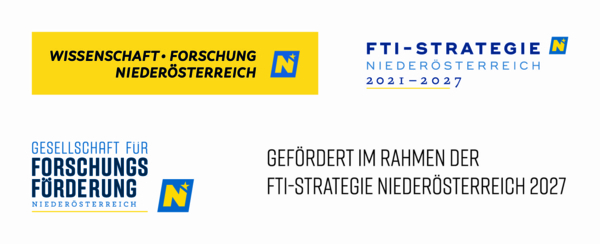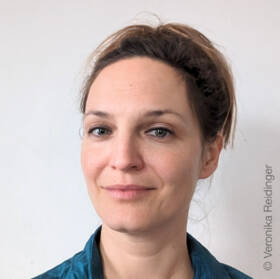Study on the Social Organization of the "Maßnahmenvollzug".
Background
In Austria, individuals who commit crimes "under the decisive influence of a serious and lasting mental disorder” are placed in one of the following: (1) forensic therapeutic centers (specialized correctional facilities), (2) specialized departments within regular prisons, or (3) forensic units in psychiatric hospitals. This system of detention is known as "Maßnahmenvollzug". The legal goal is to improve the condition of the inmates so they no longer commit criminal acts. To achieve this, various disciplines (e.g., social work, psychiatry, psychology) work together. The duration of the “Maßnahmenvollzug” is ordered by the court for an indefinite period, with annual reviews to determine whether the individual can be conditionally released.
Project Content
Contrary to the trend in regular penal institutions, the number of individuals in the 'Maßnahmenvollzug' is on the rise. Therefore, solutions are needed to initiate a trend reversal. The question arises under what conditions and requirements inmates can be released. Finding a well-founded answer to this is the main goal of the current dissertation project. It examines how the release procedure is structured, who is responsible for certain decisions, what factors impact decision-making, what the consequences of certain decisions are, and what role documents (e.g., reports, expert opinions) play in this context. The main focus is on the processes regarding the release procedure within the 'Maßnahmenvollzug', which range from decisions on the relaxations of restrictions on liberty to conditional releases.
Goals and Questions
The project aims to answer the following questions:
- How are decisions about releases organized within the 'Maßnahmenvollzug'?
- How do documents (e.g., expert opinions) influence decision-making processes?
- How are specific decisions made during the release process justified? How are written records, specialized services' declarations, psychiatric reports, etc. used for this purpose?
- Who participates in the decision-making process, and how do they participate?
Methodology
The project’s Methodology involves the steps listed below:
- Participant Observation: Participation in team meetings to learn more about the decision-making processes of various professionals.
- Interviews: Conducting semi-structured, qualitative interviews with relevant actors (e.g., specialized services, correctional officers, inmates, courts).
- Document Analysis: Analyzing documents relevant to the release procedure (e.g., statements from specialized services and facility management, expert opinions, etc.).
The project is equally supported by the Ilse Arlt Institute for Social Inclusion Research and the Bertha von Suttner Private University.
The content does not necessarily represent the views of the state of Lower Austria or the Society for the Promotion of Research in Lower Austria as a funding agency. Therefore, neither the state of Lower Austria nor the funding agency can be held responsible for the content.
You want to know more? Feel free to ask!
Department of Social Sciences
- Bertha von Suttner Privatuniversität
- Universität Wien, Institut für Soziologie


